Find Your Perfect Wood Product
If you find a product you like, reach out to us for more details and assistance.
Birdseye Maple
Birdseye Maple lumber is a rare and highly sought-after hardwood prized for its distinctive grain pattern resembling tiny swirling eyes. Known for its unique appearance and exceptional workability, Birdseye Maple is a favorite among fine furniture makers, luthiers, and high-end interior craftsmen.
Birdseye Maple Lumber
Length: 7–10′
Thickness: 4/4 – $15/Bd ft
- Common Name(s): Birdseye maple, bird’s eye maple
- Botanical Designation: Birdseye maple is not a distinct species of maple; considered a growth/grain anomaly. Although rare exceptions exist, birdseye maple is almost exclusively harvested from hard maple (Acer saccharum).
- Distribution: Northeastern North America
- Tree Size: 80-115 ft (25-35 m) tall, 2-3 ft (.6-1.0 m) trunk diameter
- Average Dried Weight: 44.0 lbs/ft3 (705 kg/m3)
- Janka Hardness: 1,450 lbf
Heartwood: The heartwood tends to be a darker reddish brown.
Sapwood: Sapwood color ranges from nearly white, to an off-white cream color, sometimes with a reddish or golden hue.
Grain: Grain is generally straight, but may be wavy.
Texture: It has a fine, even texture
Birdseye Maple is rated as non-durable to perishable, and susceptible to insect attack.
Birsdseye is fairly easy to work with both hand and machine tools, though slightly more difficult than soft maple due to hard maple’s higher density. Maple has a tendency to burn when being machined with high-speed cutters such as in a router. It turns, glues, and finishes well, though blotches can occur when staining, and a pre-conditioner, gel stain, or toner may be necessary to get an even color. See THIS ARTICLE addressing methods to eliminate blotchy finishing.
- Veneer
- Musical instruments
- Other turned objects and specialty wood items

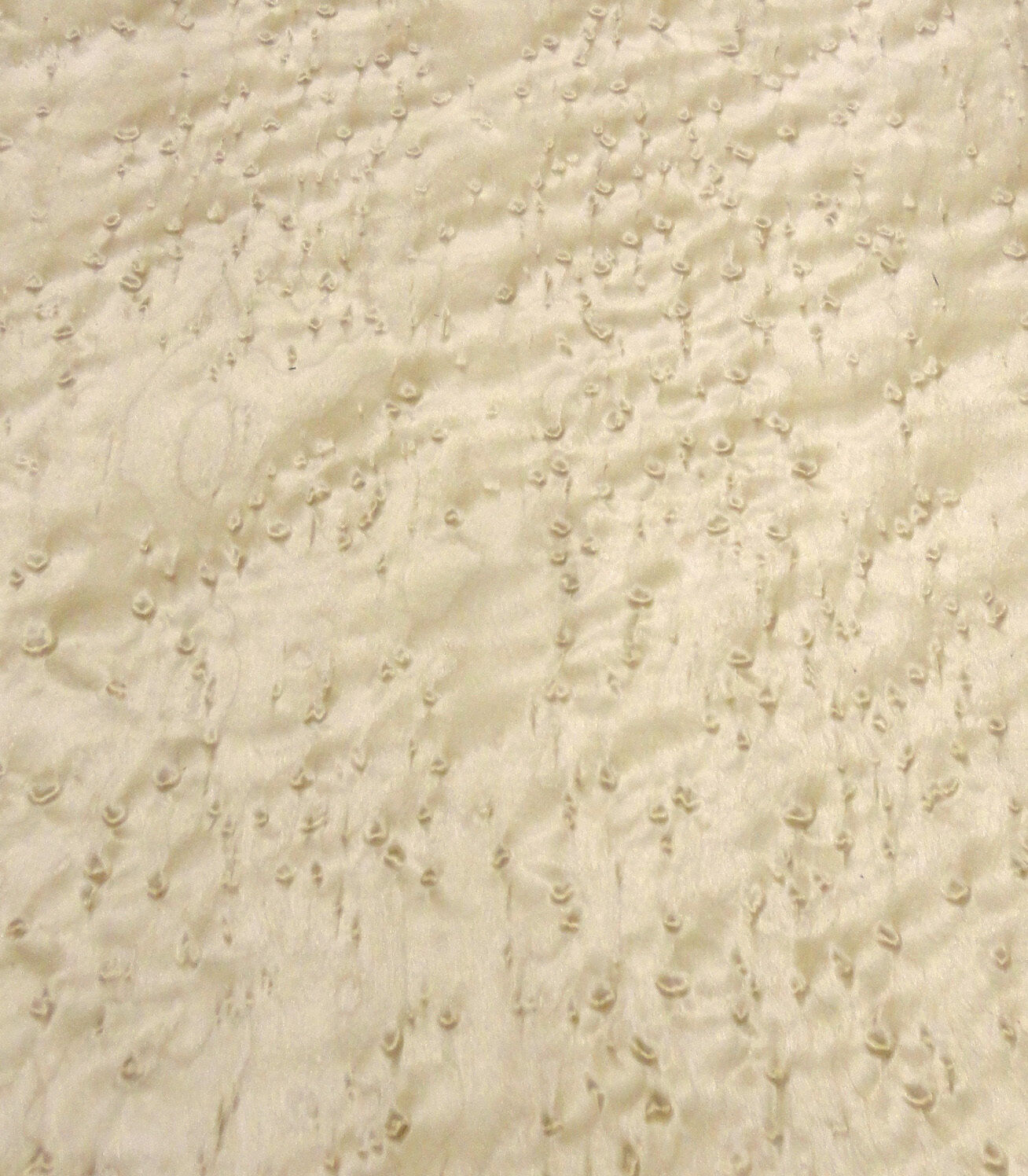
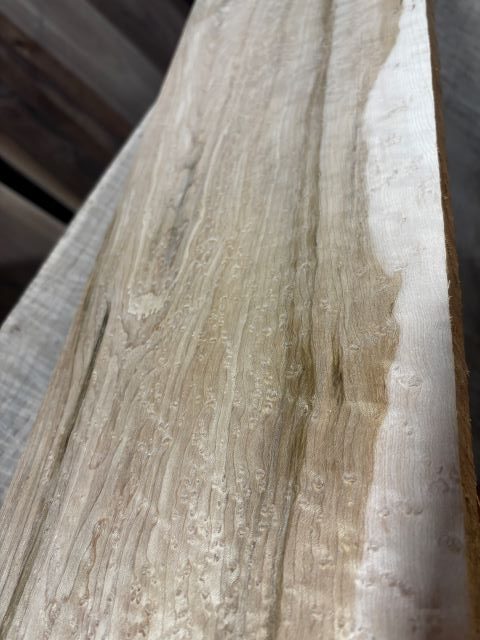
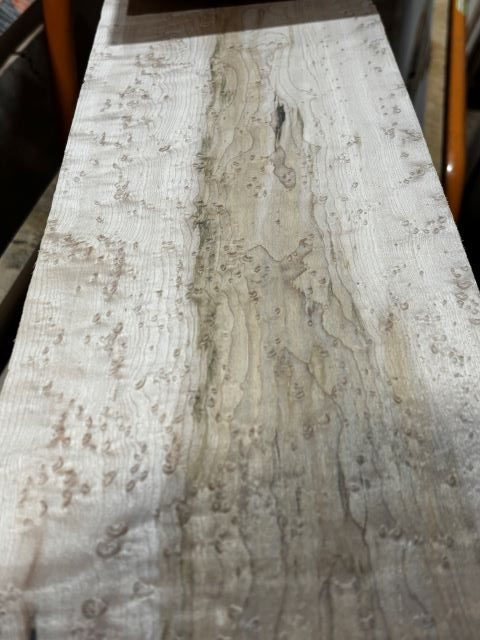
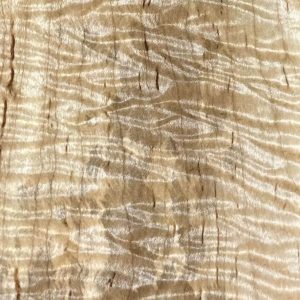
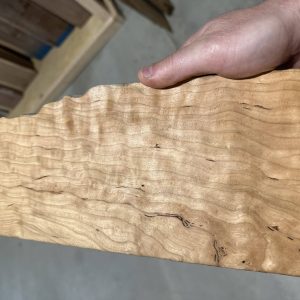
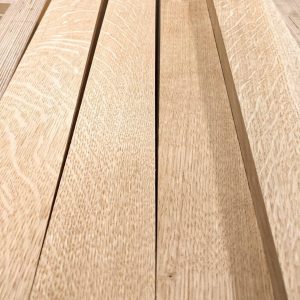
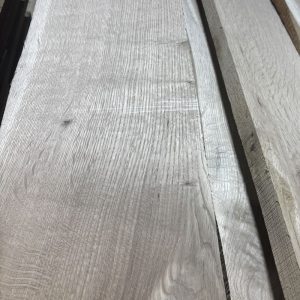
This wood is called birdseye maple (sometimes written out as bird’s eye) because of the tiny knots in the grain resemble small bird’s eyes. It is not known what causes the phenomenon. Research into the cultivation of bird’s eye maple has so far discounted the theories that it is caused by pecking birds deforming the wood grain or that an infecting fungus makes it twist. However, no one has demonstrated a complete understanding of any combination of climate, soil, tree variety, insects, viruses, or genetic mutations that may produce the effect.
Birdseye maple is frequently sold in veneer form, but solid lumber is available as well. Birdseye figure is most noticeable and pronounced on flatsawn pieces of lumber.